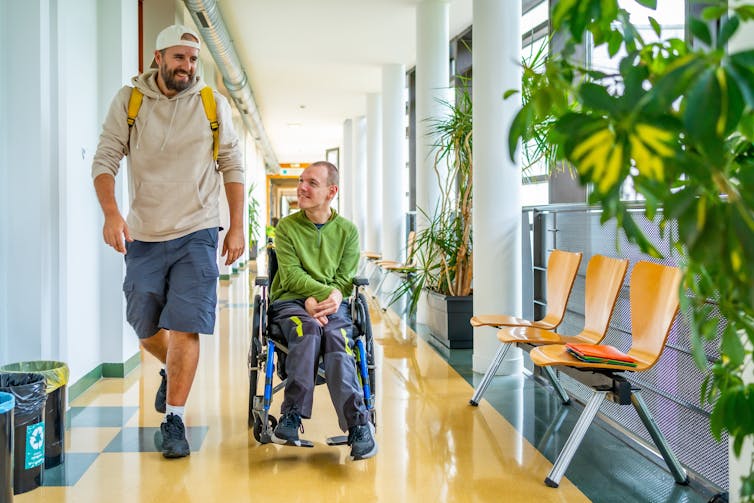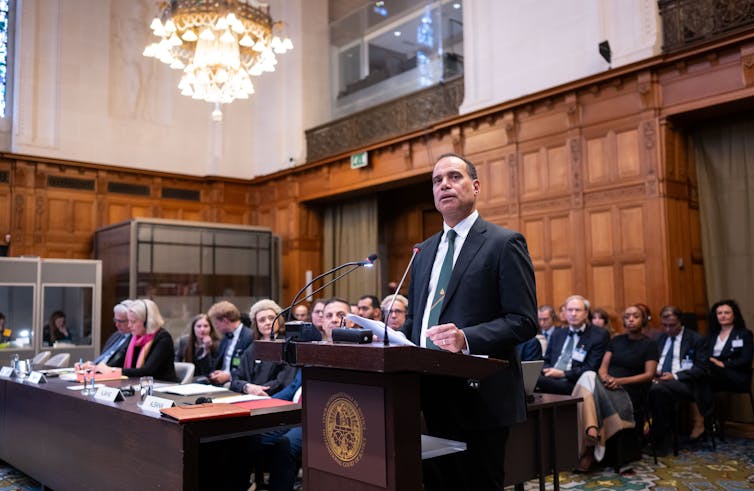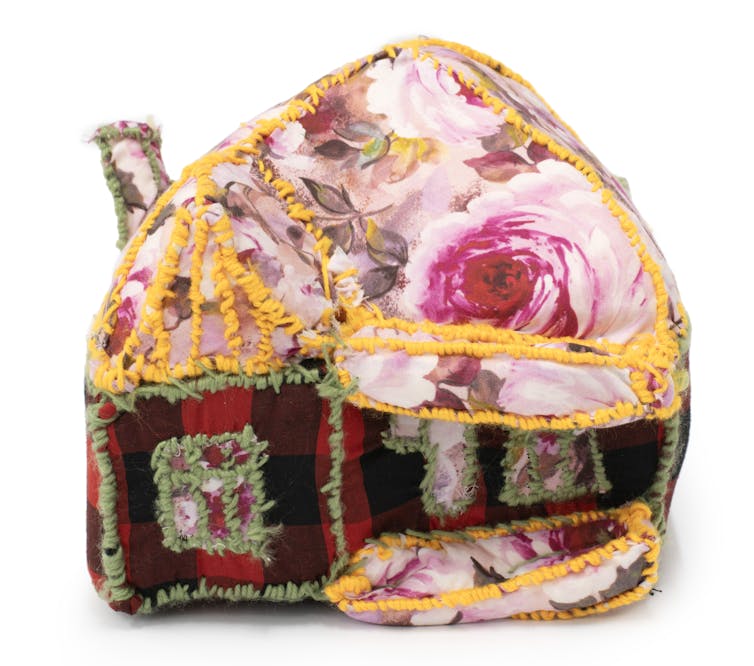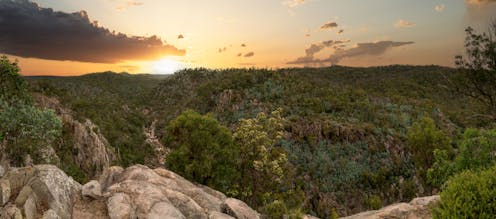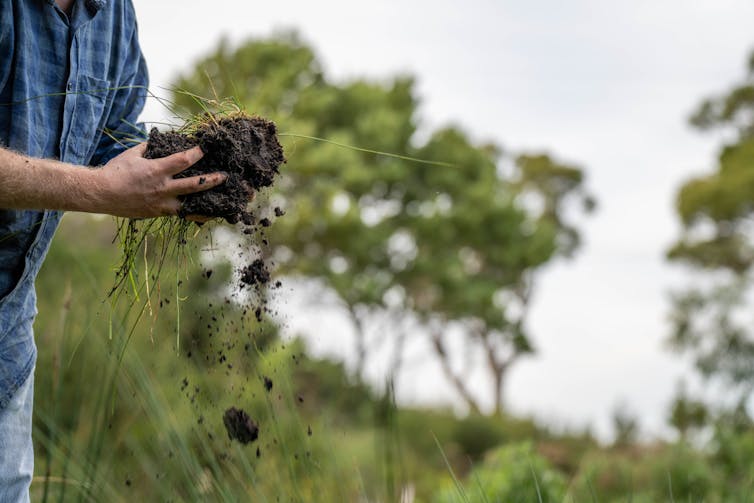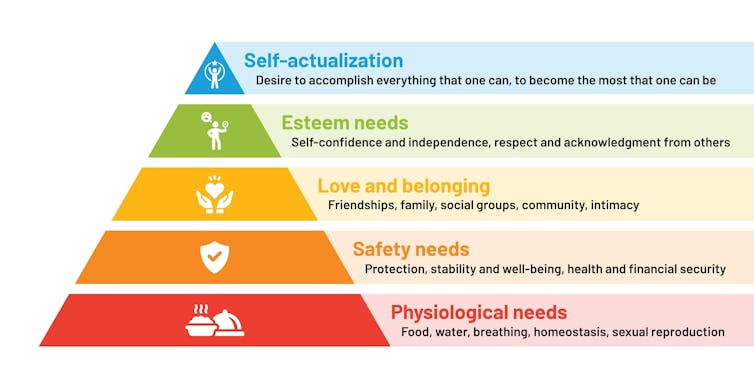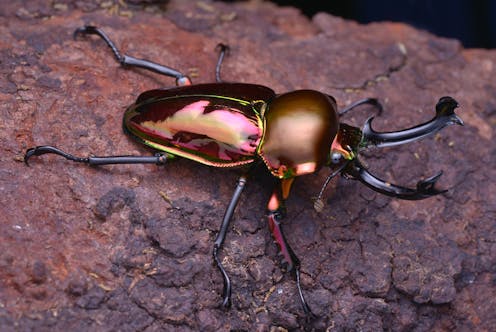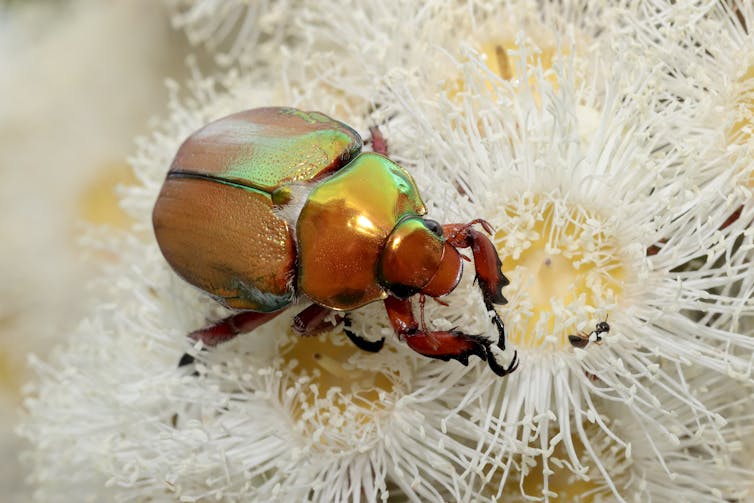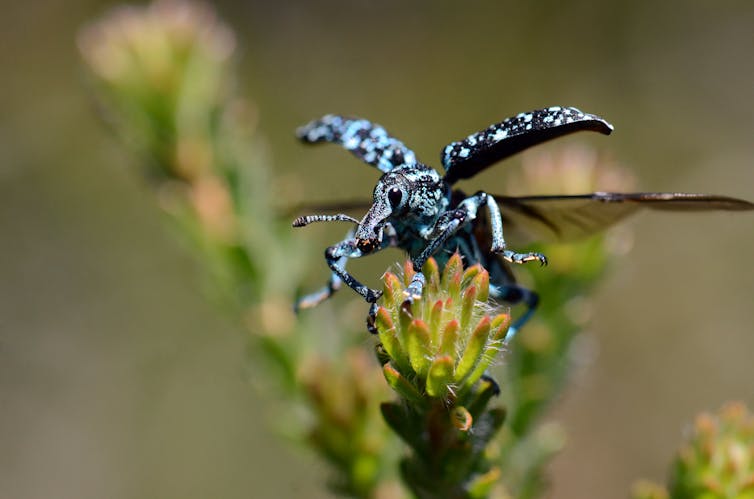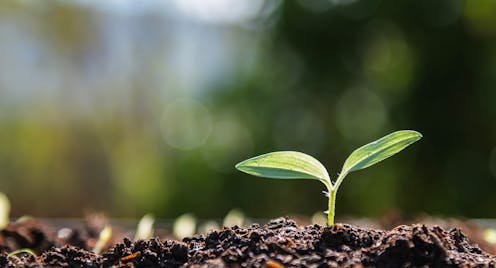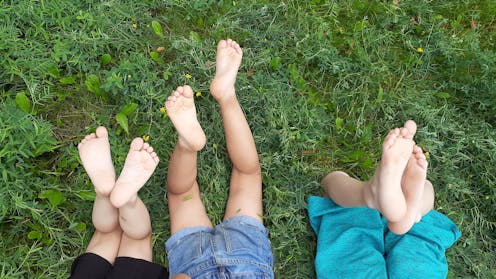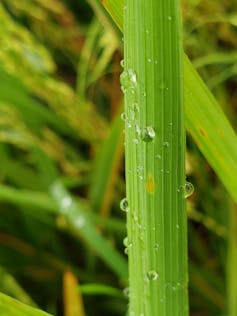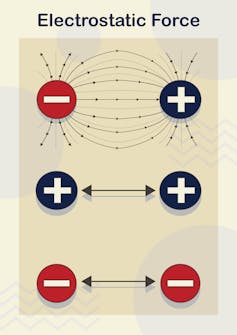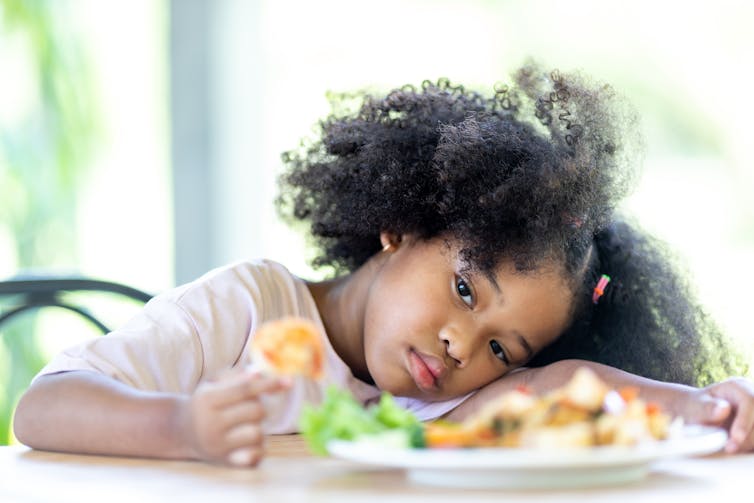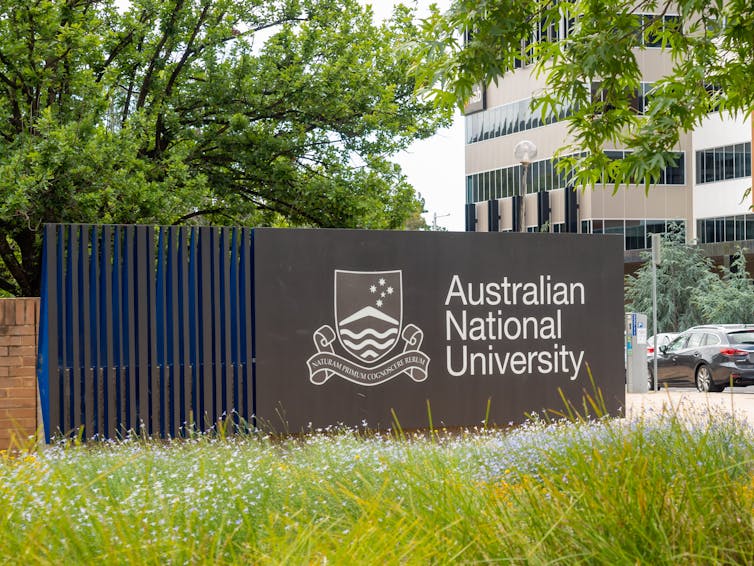Source: The Conversation (Au and NZ) – By Sarah McLean, Lecturer in Environmental Health, Swinburne University of Technology

It’s a common myth that only food of animal origin, such as meat, seafood, eggs and dairy, can give you food poisoning.
But many plant-based foods, such as burgers, salads or desserts, can also contain disease-causing microbes (pathogens), yet appear perfectly fine.
As we head into the warmer months, here’s what you need to think about to keep you and your party guests safe from food-borne illness if you’re serving plant-based food.
With a little preparation, you can make your next summer barbecue or picnic memorable for all the right reasons.
It’s a risky time of year
Summer means get-togethers with families and friends, at the beach, in the park and at home – in the heat, sometimes without access to refrigeration, or with food left out on the table.
And plant-based foods will likely be on the menu, such as burgers, salads and fruit.
There’s often no easy way to tell if food is safe to eat. It doesn’t have to look spoiled, with telltale signs it’s gone bad, such as unpleasant changes in smell or texture. So even if a food doesn’t look or smell “off” it can still make you or your guests sick.
Depending on the food’s available nutrients, acidity, water content and how it has been processed and stored, plant-based food can still provide the right conditions for pathogens to grow, yet look perfectly fine.
So let’s take a look a look at an Australian barbecue, with a spread including plant-based burgers, salads and fruit.
1. Burgers
Vegan barbecue items such as lentil burgers and processed plant-based patties contain high levels of protein and moisture. This may promote the growth of bacteria if they’re are not properly cooked or stored.
For example, a study in Finland tested vacuum sealed vegetarian sausages and found a high proportion contained Clostridium botulinum spores. This is the organism that causes botulism, a rare illness affecting the nervous system that can be fatal if untreated.
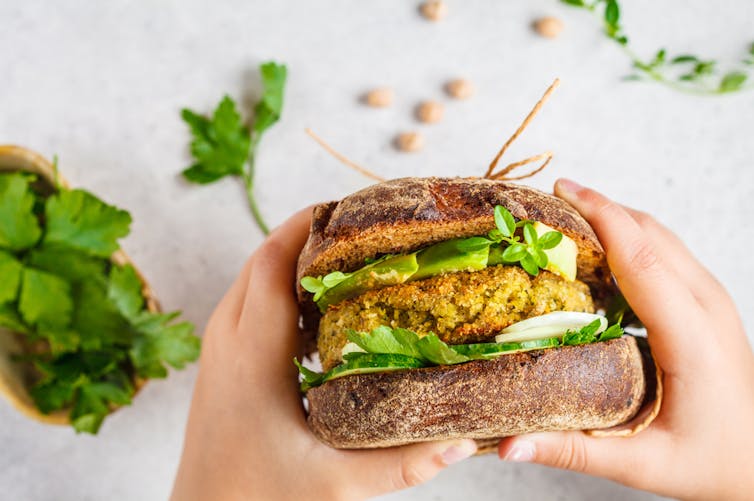
Nina Firsova/Shutterstock
2. Salads
Starchy salads, such as ones containing potato, pasta or rice, are prone to contamination by Bacillus cereus, a species of bacteria widespread in the environment. It produces heat-stable spores that survive cooking. The bacteria then multiply when the food is stored in warm temperatures.
Leafy greens and raw sprouts, such as alfalfa, are also often implicated in outbreaks of illnesses caused by Escherichia coli (or E. coli for short) and Salmonella because these items are usually eaten raw.
Salads and other dishes that require lots of handling during preparation can also be contaminated with pathogens in the kitchen.
For example, many people naturally carry Staphylococcus aureus in their nose. These bacteria can end up in food and produce toxins if the cook doesn’t wash their hands properly before handling food.
People who handle food are also often linked to foodborne outbreaks of norovirus due to poor hand hygiene.
These pathogens generally cause gut symptoms such as vomiting and/or diarrhoea that will get better in about a few days to a week. However, some people will have severe or life-threatening complications. For example, shiga toxin produced by E. coli is a frequent cause of haemolytic uraemic syndrome, a serious condition that can lead to permanent kidney damage or death.

Sunny Forest/Shutterstock
3. Fruit
While many people are familiar with the food safety risks of desserts containing custard or cream, fewer may be aware of the risks associated with the humble fruit platter.
Fruit platters can be risky as cutting the fruit can transfer bacteria naturally present on the peel or rind to the internal surfaces.
In 2018, 22 cases of listeriosis were linked to eating cantaloupes (rockmelons) supplied by an Australian grower. Last year in the United States, a deadly outbreak of salmonellosis was also traced to eating contaminated cantaloupes.
Frozen berries have also been implicated in multiple outbreaks of hepatitis A in Australia and overseas in recent years.

Andrey Sayfutdinov/Shutterstock
What can I do?
If you’re preparing plant-based food for a barbecue or picnic this summer, here’s how to minimise the risk of making you or your guests sick:
-
before handling food wash your hands well, separate raw and cooked food, and work with clean utensils and surfaces. This is to avoid contaminating food yourself, and to avoid contamination between foods
-
cook items such as plant-based burgers and vegetarian sausages until piping hot
-
after cooking starchy foods such as rice, pasta and potatoes, transfer them to a shallow container to cool on the counter. Then place the container in the fridge. Don’t put these starchy items in the fridge hot because this raises the temperature inside the fridge, which could allow faster growth of microbes
-
avoid buying damaged or bruised fruit and vegetables, and store cut fruit in the fridge
-
transport food to an event in an insulated bag or ice box containing ice bricks and take it out only when it is time to serve
-
once food has been served, leftovers should be covered and returned to the fridge or an insulated container. If the food has been out of the fridge for four hours or longer (including storage, preparation, transport and serving), throw it out.
It is also worth considering how much food you really need. It’s easy to over-cater, creating leftovers that can make you sick if not stored correctly.
![]()
Sarah McLean does not work for, consult, own shares in or receive funding from any company or organisation that would benefit from this article, and has disclosed no relevant affiliations beyond their academic appointment.
– ref. 3 surprising vegan foods that can make you sick this summer – https://theconversation.com/3-surprising-vegan-foods-that-can-make-you-sick-this-summer-242582



